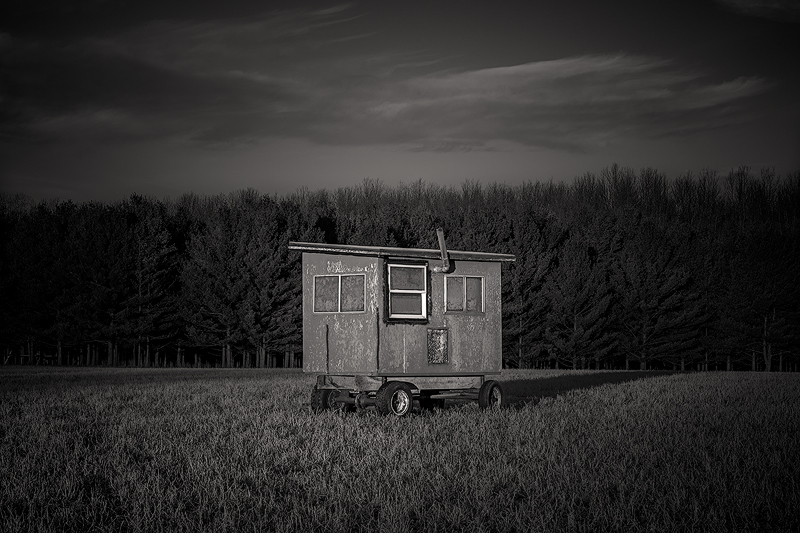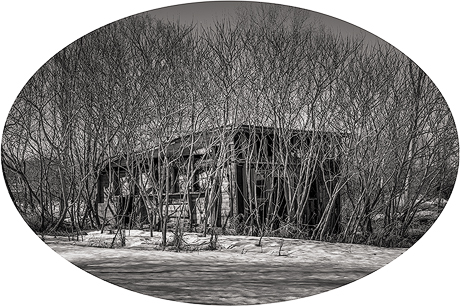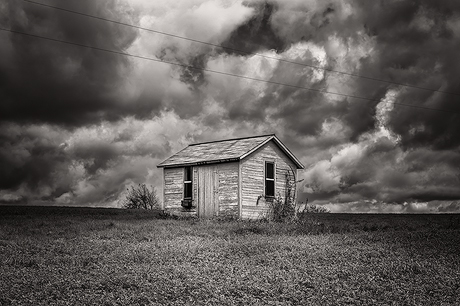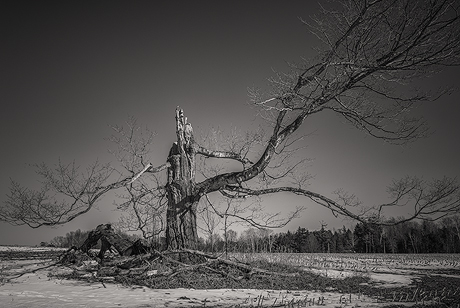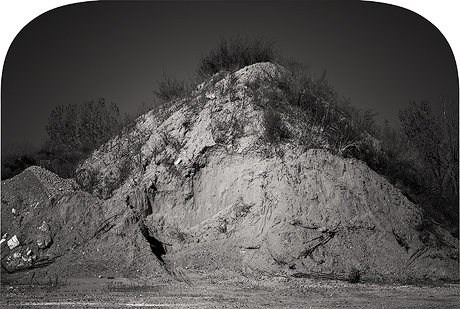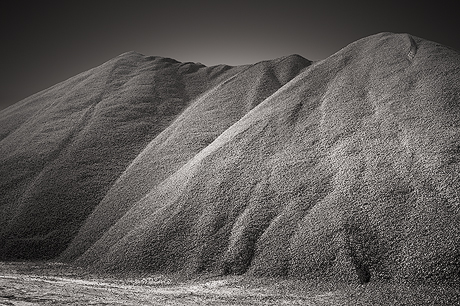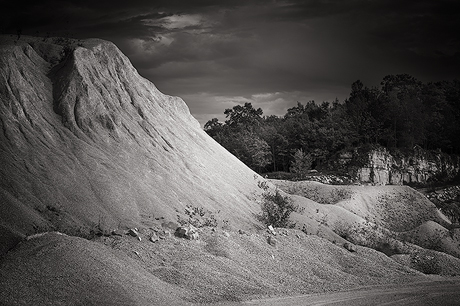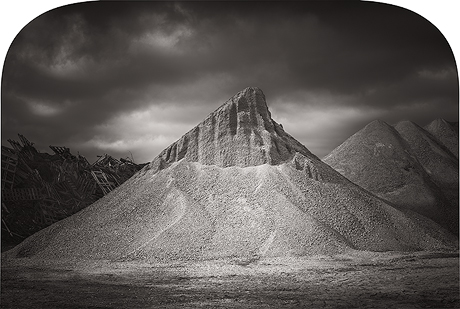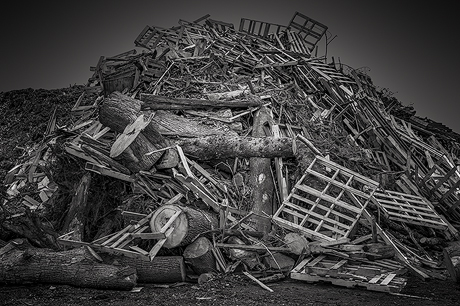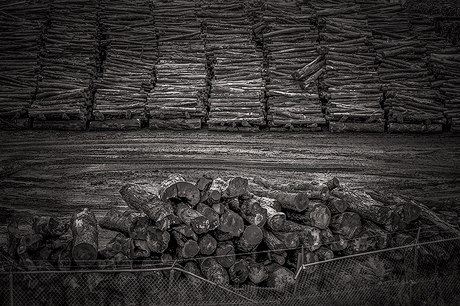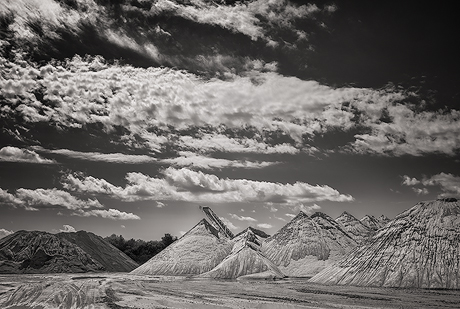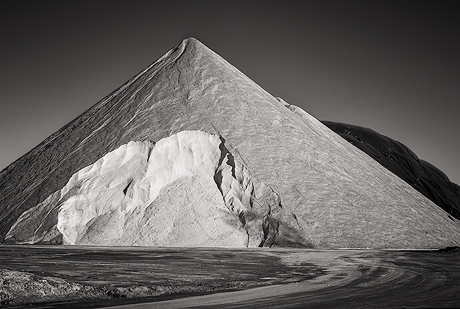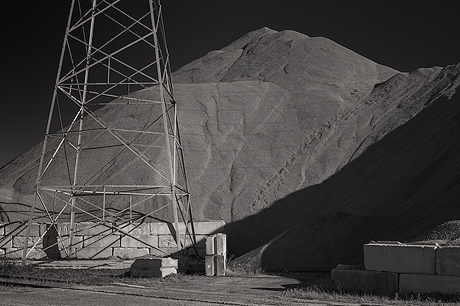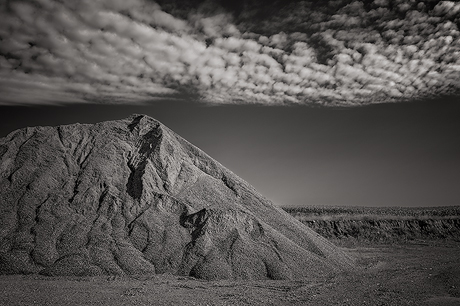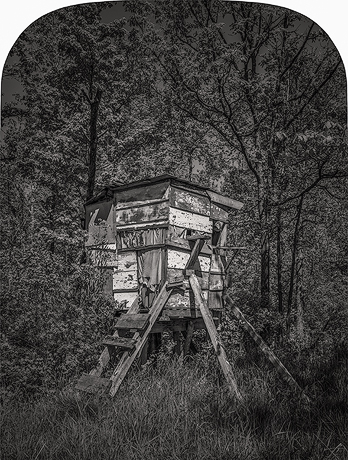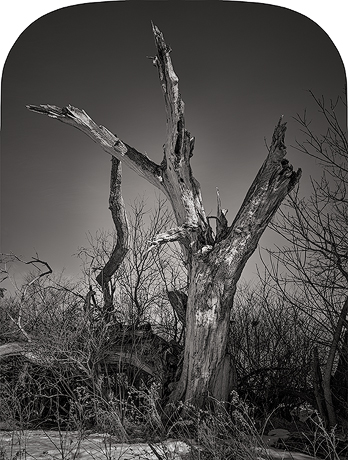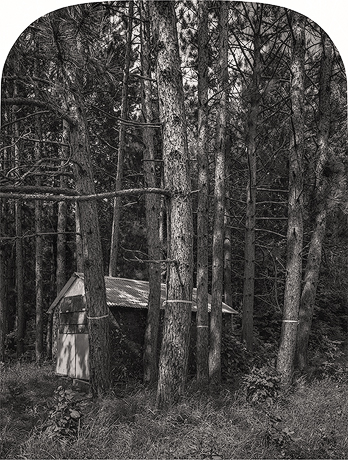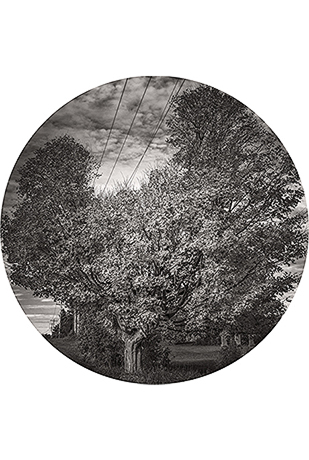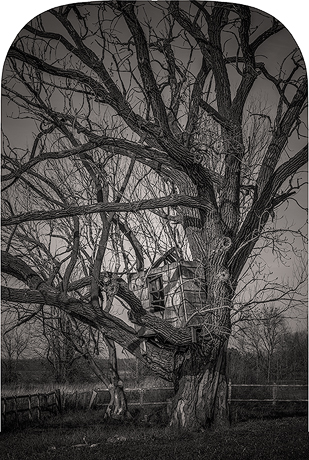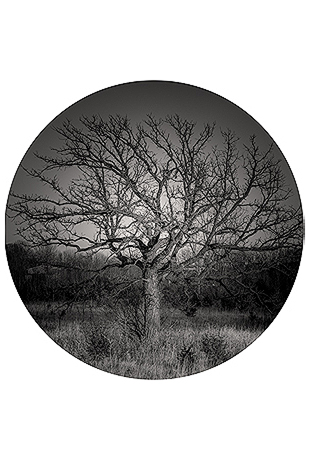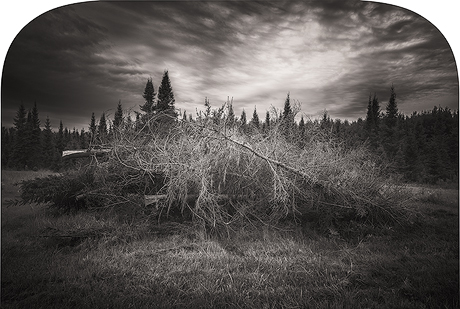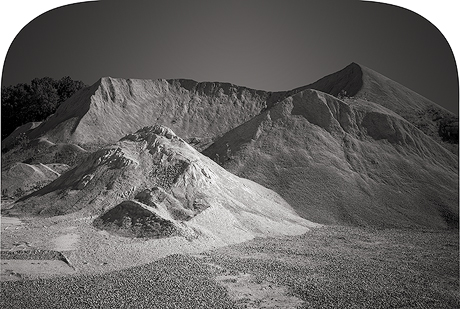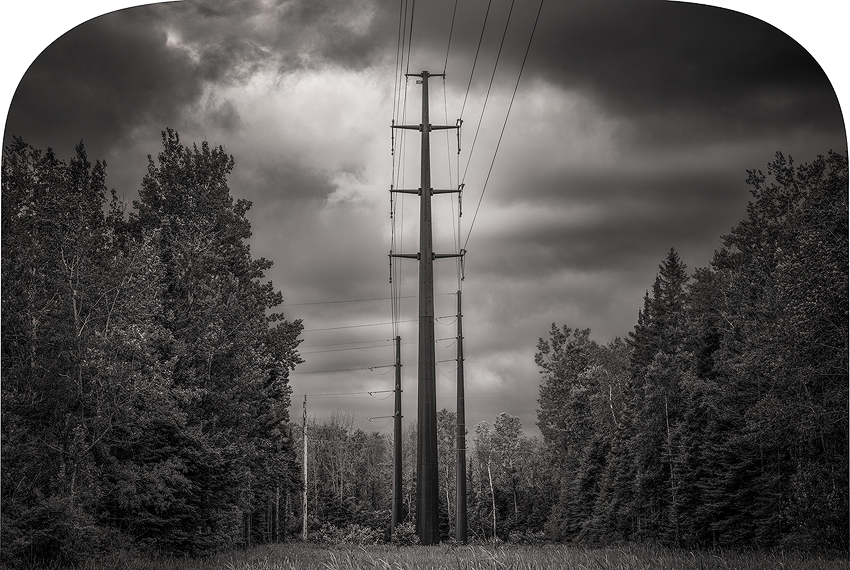Suzanne Rose
Blind Spot
Blind Spot is an Anthropocene project pairing mid-19th century photography with the overture of New Topographics. Together they become a visual testimony of what we have so greatly valued but have forgotten to protect – illustrating the presence of Anthropocene in the rural Midwest.
narrative
"We mirror the world. All the tendencies present in the outer world are to be found in the world of our body."
—Mahatma Gandhi
It has been said that nature and man are imperfect friends.
Observations in the rural Midwest reveal a discreet dignity underpinning this strained relationship in the altered landscape.
Examination is conducted through the pastiche of photography of the mid-1800's, including the direct influence of photographers teamed with cartographers who were sent west on expeditions to discover and document the land at a pivotal moment in our nation's history.
By dusting off the aesthetic and tethering it into the 21st century, this project speaks to the current relationship of nature and its human occupants seen through the lens of the past. Pairing 19th century photography with the overture of New Topographics they become integrated into a single statement of what we have valued and what we have forgotten to protect.
Centering on the disconcerting beauty of land use and misuse, an allegoric narrative pictorially develops, revealing that when one tugs at a single thing in nature, as John Muir once said, we find it attached to the rest of the world. This is especially evident when the collision between the beauty of nature and the ugliness we've done to it is quietly revealed.
This is the story hiding in plain sight.
With a concerned eye to how symbolism shapes our thinking, the project turns inward to illustrate how we mirror the world. Trees are anthropomorphized to illustrate the universal human condition. Hunting blinds represent the interior self, our mindset, protected and stealth. While simultaneously reflecting a false sense of anonymity that circumvents accountability.
Once vital and sacred – mounds, piles, and stacks represented work ethic, subsistence and honor. Now, outsized and overreaching, mounds have become a distilled symbol of the ongoing sprawl, mass harvest, and dissipation. They stand as testimony to the impact of current consumption and waste that are unsustainable.
Overgrown structures symbolically represent nature's ability to benignly reclaim agency when the opportunity arises. By example, the organic regrowth hints that adaptation is a sound path to reconciliation and, ultimately, an inflection point.
In homage to the 19th century cartographers, the photographs are titled for their GPS locations to lay a modern mapping conduit between subject and viewer.
Whether seen or unseen, the age of Anthropocene is present in the rural Midwest amongst these friends, and despite a relationship imperfectly paired – each is bound to this land and each other, blindly or otherwise.
